- |
- Teas are defined as the "new GMOs":this comparison with transgenesis techniques, currently confirmed by a European court ruling, does not please everyone and the regulation of these new biotechnologies depends on it.
- While Italy on the one hand bans GMOs, on the other it has given the green light to field trials of Tea, validated as a solution to make agriculture more resilient and guarantee food safety.
- If for Luigi Cattivilli of Crea these techniques will be part of the farmer of the future, professor Salvatore Ceccarelli expresses some doubts regarding their risks and their ability to represent a solution over time.
In jargon they are called “new GMOs”, the scientific term that identifies them, however, is that of Tea, acronym for Assisted evolution techniques, in English Nbt (New breeding techniques) or Ngt (New genomic techniques).
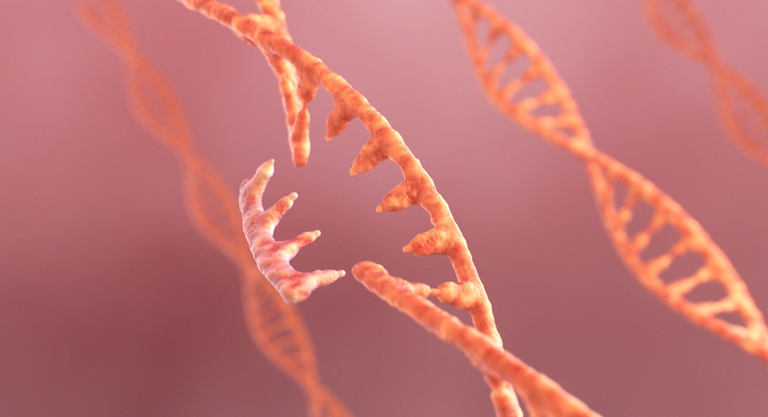
It's about new biotechnologies which have developed since the 2000s:the main techniques are the cisgenesis and thegenome editing;the latter includes the system Crispr/Cas9, developed by female scientists Emmanuelle Charpentier and Jennifer Doudna who in 2020, for their discovery, received the Nobel Prize for Chemistry.
From transgenesis to mutagenesis:how Teas work and what is the difference with GMOs
The difference between these new techniques and the gmo developed since the 1970s is that, while GMOs involve the insertion into the genome of an organism of gene sequences other species – therefore of DNA foreign – , Teas intervene on the genome of an organism with genes coming from organisms of the same species:the result is therefore not one transgenesis as in the case of GMOs, but one mutagenesis, a mutation.
How assisted evolution techniques are regulated in Europe and Italy
One of the main issues surrounding Tea concerns precisely theequalization or less of these new techniques to GMOs and therefore theirs regulation in the market:must they be subjected to the same rules as GMOs or is a new regulation needed?Currently valid a ruling from the European constitutional court which established that the same European Union legal provisions relating to GMOs that follow the precautionary principle:Before being placed on the EU market, each genetically modified product or organism is subjected to an authorization procedure during which its safety for humans, animals and the environment is carefully assessed.In 2021, however, the European Commission has launched a consultation process to arrive at a new regulatory framework on Tea and the legislative proposal is expected on July 5th.
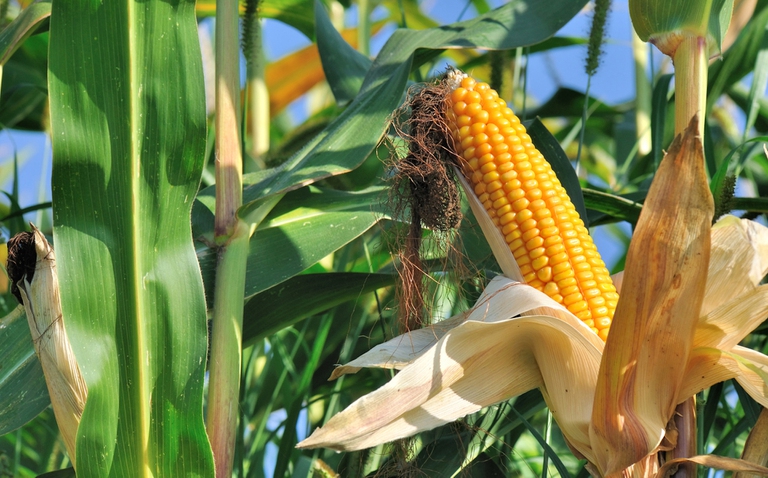
In Italy It is forbidden to grow GMOs for commercial purposes, but the marketing of their products is permitted in compliance with labeling rules.Last May it was approved, however, within the drought decree an amendment that gives the green light, to Tea experiments not only in the laboratory, but also in the field as is already happening in the United States, Canada, South America, Japan, the United Kingdom, Belgium, Sweden and Spain.
The advantages attributed to assisted evolution techniques (which not everyone agrees with)
Like transgenesis techniques, mutagenesis techniques are also supported by the objective of making the plants more resistant to diseases and parasites and increasingly, also to climate changes which make extreme events such as drought or, on the contrary, floods unpredictable.Plants obtained through mutagenesis would therefore require less use of fertilizers And pesticides in line with the objectives of European green deal. However, not everyone agrees with this vision.At European and Italian level, green parties, environmental and organic associations oppose the deregulation of these techniques with respect to GMOs as they would entail the same risks and problems as transgenic organisms and instead propose other solutions to respond to the contemporary challenges of agriculture and agriculture food safety.
From Below we articulate the different opinions through the contribution of some experts in the sector.
Cattivilli, Crea director:“Teas are part of the future of agriculture”
Luigi Cattivilli he is a specialist in plant genetics, director of Crea Genomics and Bioinformatics and coordinator of Biotech, the first great one Italian project dedicated to plant genetic improvement financed in 2018 with 6 million euros by the Ministry of Agriculture and completed in 2021.The project involved important crops for the Italian agri-food sector such as grapevine, olive tree, apricot tree, peach tree, cherry tree, apple tree, pear tree, tomato, aubergine, basil, artichoke, wheat, rice, poplar.The research obtained several results including tomatoes resistant to the germination of parasitic plants, durum wheat not susceptible to fungal diseases, grapes and seedless aubergines and oranges enriched with antioxidant substances.
“It is not correct to equate Tea with GMOs,” explains Cattivilli.“In the case, for example, of transgenic soy or corn, the gene inserted into the plant species comes from a bacterium.The new genomic techniques intervene on the organism only with genes of organisms of the same species, obtaining a mutation.Mutation in nature is the basis of evolution or to put it another way, evolution is the result of a mutation."
The Teas would therefore contribute to significantly shorten selection times, making possible in a few years what previously required a few decades for arboreal plants.“In nature, plants do not evolve to be eaten by man;it is man who has domesticated them for millennia to produce food, so much so that we can say that there are no plants on the market with genetics older than 40 years".
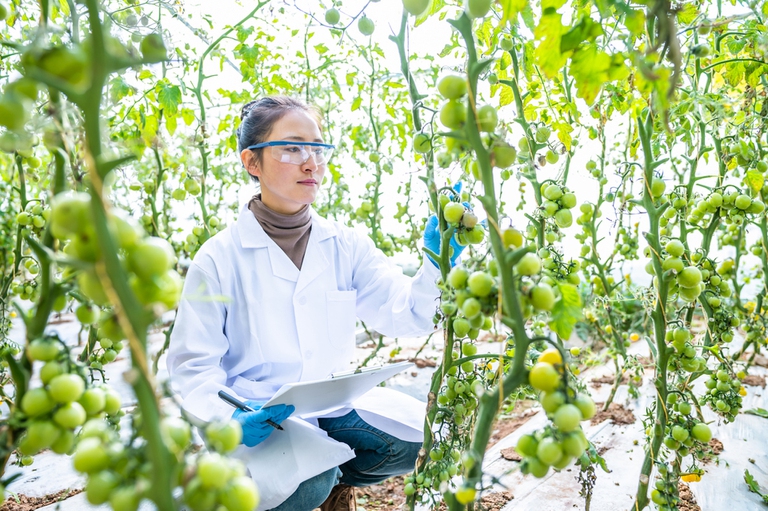
The Biotech project also gave results on screw:“The Glera vine variety used to make prosecco is subject to many diseases.The insertion of a gene from a disease-resistant vine variety allows us to obtain a plant that does not get sick, but which has the same characteristics as the Glera variety."And all this can be done, according to Cattivilli, without it risks or at least with the same risks as other crops, and in a way more predictable than what happens in nature.Furthermore, according to Cattivilli, the result is the same:faced with a mutation, it is not possible to trace how it occurred, whether naturally or in a laboratory.
What happens to all this biodiversity and traditional agricultural practices? “Biodiversity is a concept that has a past and a future because we create and select biodiversity every day.It is right to preserve traditional agricultural techniques, but this will not be the future or, certainly, it will not be only this.With global warming it makes little sense, for example, to cultivate an ancient grain that grew in a climate that was certainly colder than the current one;however, I can exploit a characteristic that I consider functional of an ancient grain and insert the gene responsible for it into the variety of wheat that I want to make resistant".
Ceccarelli, professor and researcher:four doubts about Tea and an alternative solution
Salvatore Ceccarelli he was associate professor of Genetic Resources and subsequently of Genetic Improvement at the Faculty of Agriculture of the University of Perugia until 1987;for thirty years he conducted studies at the Aleppo International Center for agricultural research in dry environments.Author of numerous scientific works, has carried out research around the world on crop adaptation to climate change since genetics.
Regarding assisted evolution techniques, he shared some with us perplexity which, in his opinion, suggest refrain from allowing the use of these techniques in agriculture and to deregulate experimentation: “The first is linked to around twenty publications in the most important scientific journals which demonstrate how with the Crispr/Cas9 technique mutations are recorded in points of the genome other than those of the gene on which the intervention was carried out, with consequent unwanted side effects;in 2021, work was published which also demonstrates that Crispr-Cas9 causes chromosomal damage similar to that which arises at the beginning of the processes that lead to the development of tumors in humans".
“The second perplexity – continues Ceccarelli – concerns the fact that the relevant characteristics of an organism at an agronomic level are controlled, in many cases, not by a single gene, but by many genes which can also belong to different chromosomes;furthermore, these characteristics are not just genetic issues, but are also greatly influenced by the surrounding environment."
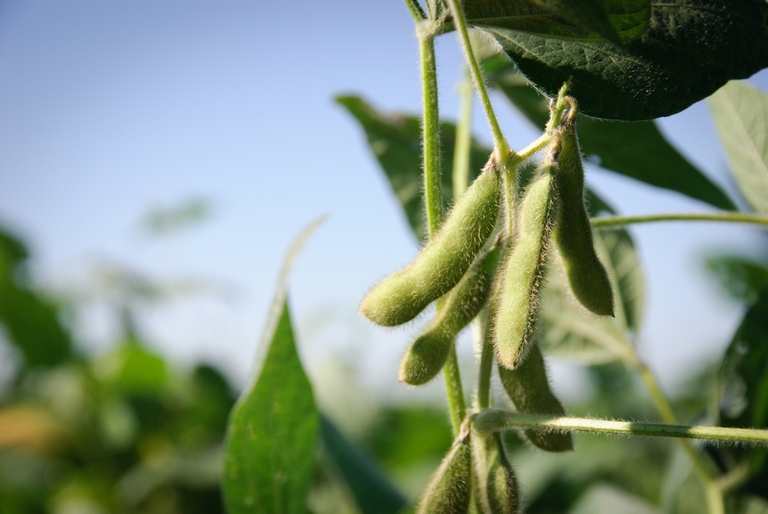
The professor continues:“The third perplexity considers the evolutionary aspect.The central question is not whether Tea is GMO or not:the point is that both technologies suffer from the same weaknesses.The majority of GMOs, such as soybeans and corn, are developed with herbicide resistance, but it is demonstrated by various studies that, over time, weeds also evolve to develop this resistance, thus requiring an ever-increasing use of herbicide.The result, therefore, is exactly the opposite of the objective we had set ourselves by creating the genetically modified organism."Based on evolutionary theory, according to the researcher, Tea they cannot represent a lasting solution to the susceptibility of plants.
“The final perplexity concerns the fact that, to move from one organism to another, genes need a vector:these are small pieces of RNA or DNA that have nothing to do with the organism in question, and which in turn integrate into the host's genome together with the genes for resistance, for which Teas are, to all effects of GMOs". According to Ceccarelli, the Teas would not respond to theunpredictability of climate changes that influence the spread, growth and survival of diseases, insects and weeds that attack plants.
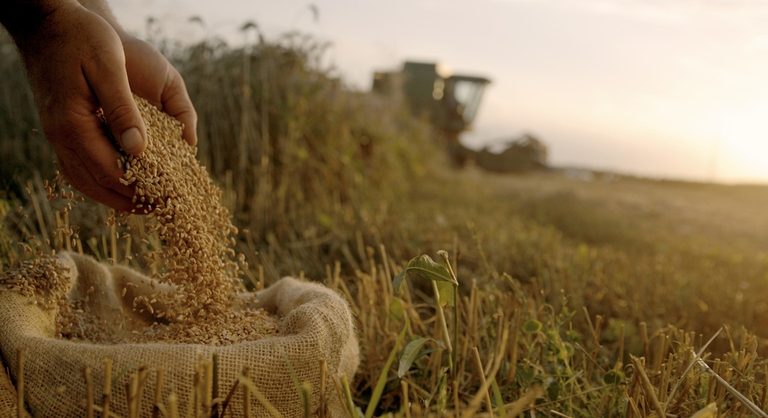
The solution, to which the scientist dedicates his research in close contact with farmers, would instead be that of diversity between crops and within crops which has its culmination in “evolutionary populations” and which Ceccarelli explains thus:“This practice consists of sowing different plants of the same species in the same field.By doing this, a fungus or insect that arrives in this field manages to hit a susceptible plant, but it takes longer to "find" it and therefore to spread.By doing so, I therefore minimize damage to the crop because in the meantime the plant will grow and the farmer will be guaranteed the harvest without chemical interventions, furthermore I prevent the parasite from evolving because it has had the opportunity to reproduce.At the same time, this practice also allows plants to crossbreed with each other to create new genotypes and become more resilient.Seed mixing is not static, but dynamic:at the end of the harvest, the seed (which will no longer be the starting one) is sown again and, over time, the plants will become a population with a greater evolutionary potential“.
Evolutionary genetic improvement aims to bring back control of seeds in the hands of farmers with an economic, but also biological advantage "because there is no better seed than the one that adapts year after year".“NThis is not a romantic discourse, behind this practice there are 100 years of scientific studies:by mixing seeds, the same strategy that applies to financial investments is applied to agriculture and plants."A solution which, as finally underlined by the professor, the European Commission plans for theorganic farming with the recognition of the value of "heterogeneous biological material" and which has already been successfully implemented by many farmers who are part of small local supply chains.
